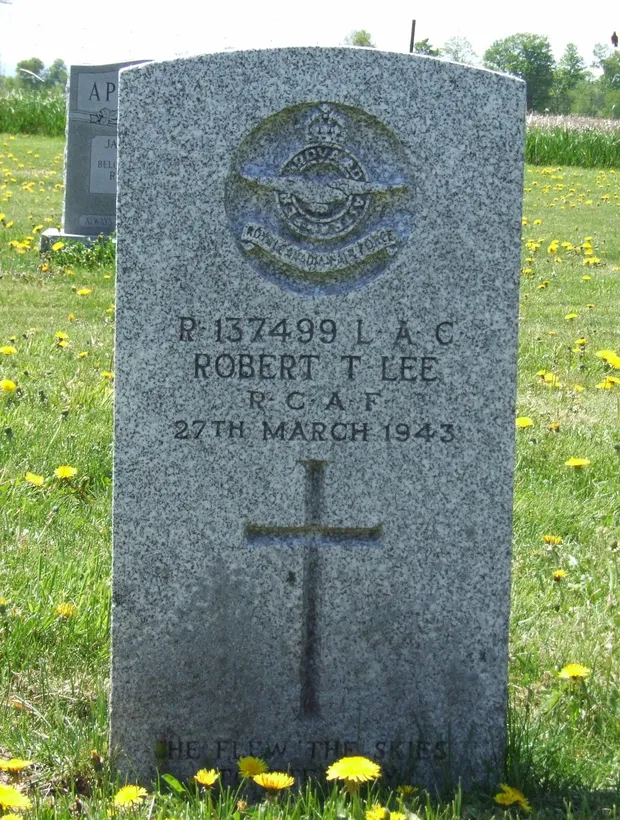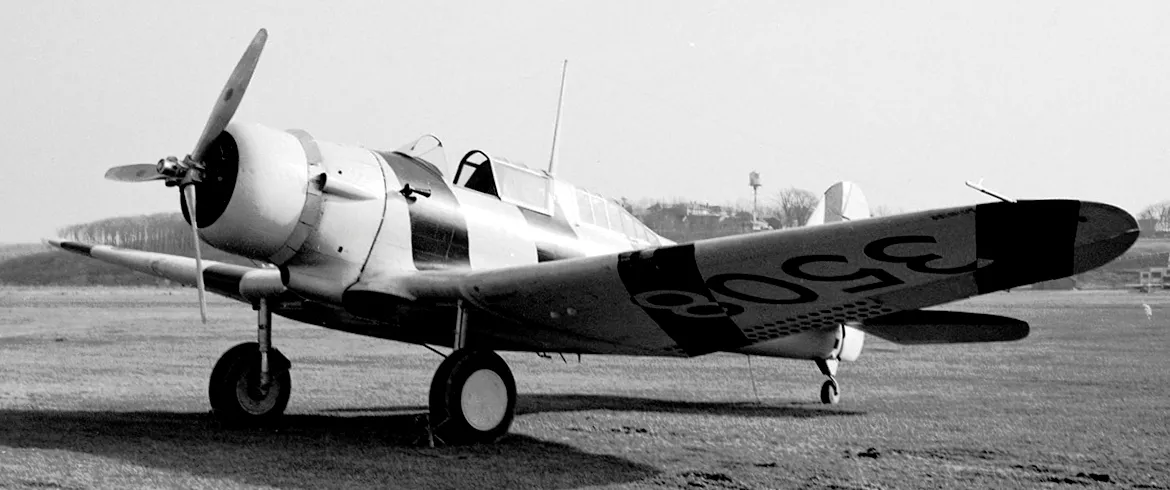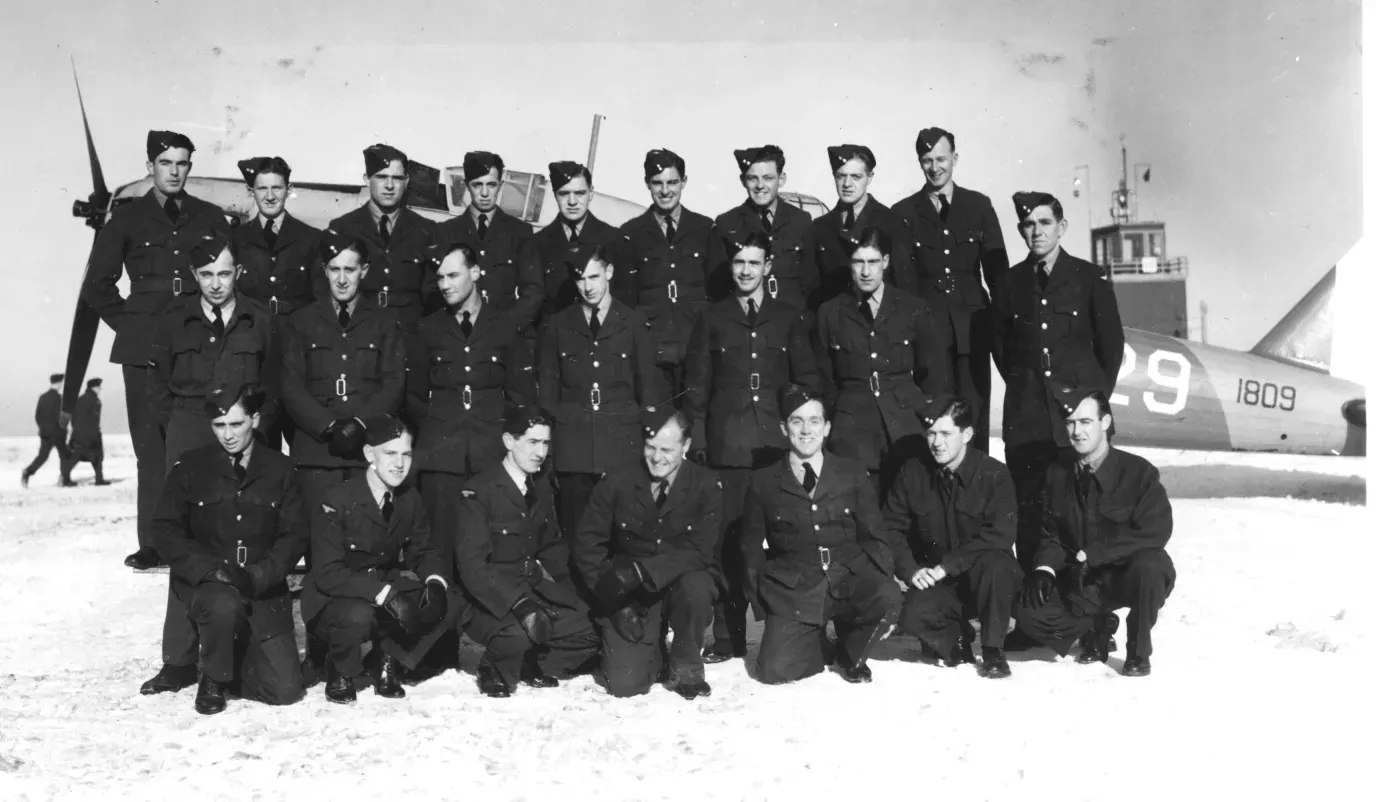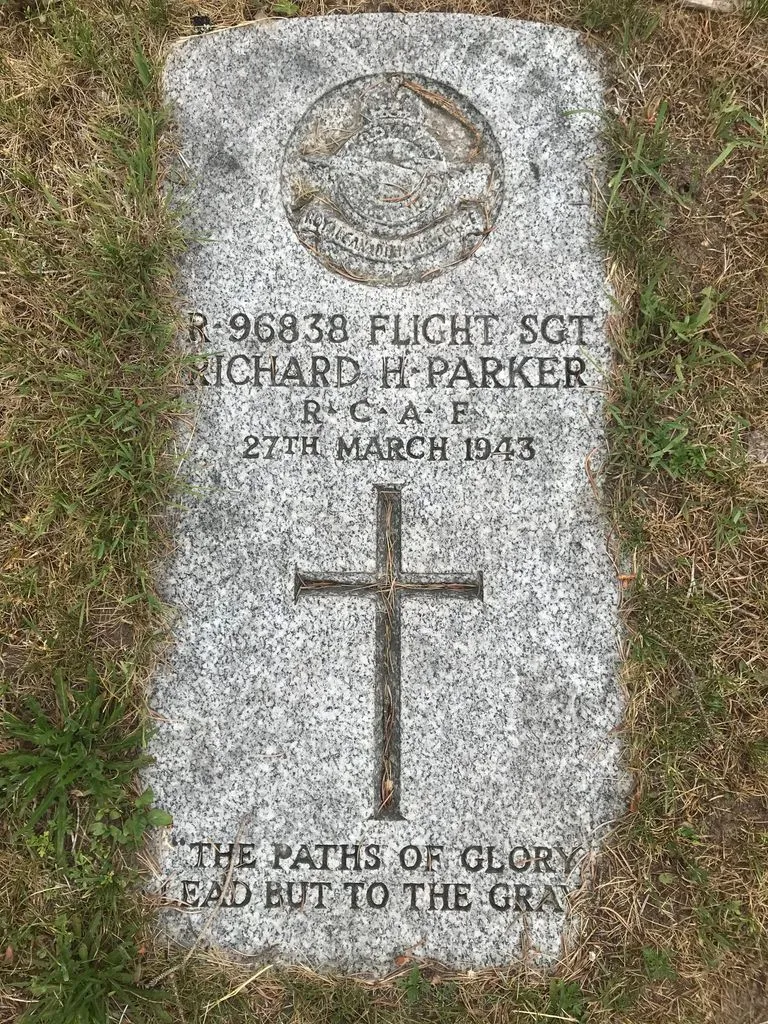Lee, Robert Thomas (Leading Aircraftman)
Killed in Flying Accident 1943-March-27


Birth Date: 1917-February-22
Born:
Parents: Son of William T. Lee and Queenie M. Lee, of Utopia husband of Isabella L. Lee, of Barrie.
Spouse: Husband of Isabella L. Lee, of Barrie.
Home: Utopia, Ontario
Enlistment:
Enlistment Date: unkown date
Service
RCAF
Unit
9 BGS- Bombing & Gunnery School
Base
Mont Joli, Quebec, Canada
Rank
Leading Aircraftman
Position
drogue operator
Service Numbers
R/137499
Home
Crew or Other Personnel
Nomad (Northrop) 3504
Nomad (Northrop) serial: 3504

Northrop A-17A Nomad, RCAF (Serial No. 3508), painted with target towing stripes
, RCAF Station Rockcliffe, Ontario, 21 Nov 1941.
The Northrop A-17, a development of the Northrop Gamma 2F model, was a two-seat, single-engine, monoplane, attack bomber built in 1935 by the Northrop Corporation for the U.S. Army Air Corps. When in British Commonwealth service during World War II, the A-17 was called Nomad.
The Royal Canadian Air Force received 32 Nomads that had been part of a French order of 93 aircraft. When France fell in 1940, this order was taken over by Great Britain who transferred 32 of the aircraft to Canada where they were used as advanced trainers and target tugs as part of the British Commonwealth Air Training Plan. All were assigned to No. 3 Training Command RCAF.
Nomads were never used operationally overseas. Initially, the aircraft were used at Camp Borden to check out qualified civilian pilots who were offering their services to the air force. In 1941, the aircraft were modified to a target-towing configuration to allow for air-to-air gunnery training at various schools in Quebec and Ontario. In addition to being used by the RCAF in Canada, the Royal Norwegian Air Force trained some aircrew in exile on the A-17A at airports in Toronto and Muskoka. The RCAF Nomads were retired with the cessation of hostilities. The Nomads were not particularly outstanding aircraft, but they did provide reliable training service logging an average of approximately 3,000 flying hours each in their four and a half years of service. Wikipedia and Harold Skaarup web page
Aircraft Images
Nomad (Northrop) 3504
Nomad (Northrop) 3504
Delivered marked as NX-N34. First assigned to No. 1 Training Command as 24 Aug 1940. Transferred for overhaul at Canadian Vickers Ltd in Montreal, Quebec, as of 3 May 1941. Later used by No. 9 Bombing & Gunnery School at Mont Joli, Quebec. Converted to target towing configuration. On 27 Mar 1943, Nomad #3504 took off on an air-gunnery exercise with a Fairey Battle a/c. The exercise was carried out and, as it concluded, the Battle converged into a formation with #3504 waggling its wings to signal the end of the exercise. The pilot of #3504 acknowledged the signal by waggling his own wings. The Fairey Battle pilot then executed a stall turn to port but ended up colliding with #3504, as it too had executed a turn to port. The vertical stabilizer fin of the Fairey Battle tore off 5 ft of the starboard outer wing of #3504. While the Battle was able to safely recover to the station, #3504 crashed, after entering a tight spiral dive. Both crewmen, Flight Sergeant R.H. Parker and Leading Aircraftman R.T. Lee, were killed in the crash.1940-08-13 Taken on Strength at Uplands, Ontario 2022-01-27
1943-March-27 Accident: 9 Bomb & Gunnery School Loc: Aerodrome Names: Byers | Lee | Page | Parker
1943-03-27 Accident Category A 2022-01-27
1943-06-21 Struck off Strength written off 2022-01-27
Unit Desciption
9 BGS (9 Bomb and Gunnery School)
The Bombing and Gunnery School (B&GS) offered instruction in the techniques of bomb aiming and aerial machine gunnery to Air Observers, Bomb Aimers, and Wireless Air Gunners. These schools required large areas to accommodate their bombing and gunnery ranges, and were often located near water. The Avro Anson, Fairey Battle, Bristol Bolingbroke, and Westland Lysander were the standard aircraft used at B&GS schools.
RCAF.info - RCAF Station Mont Joli QC
